PαC Four Step Process
 Planet Alpha Corp. (“PαC”) is a carbon measurement infrastructure, carbon pricing and carbon products company integrating multiple Earth, economic and social transactions to reduce emissions of CO2 and greenhouse gases (GHG) to benefit landowners, investors and the planet.
Planet Alpha Corp. (“PαC”) is a carbon measurement infrastructure, carbon pricing and carbon products company integrating multiple Earth, economic and social transactions to reduce emissions of CO2 and greenhouse gases (GHG) to benefit landowners, investors and the planet.
We do good by directly supporting landowners for their reduction of CO2 emissions through forest growth and management resulting in a performance-linked GHG economy positioned for business growth and return on investment.
PαC creates a new forest carbon business paradigm that pays landowners and Indigenous People, upfront and annually, for directly measured carbon sequestration and sustainable management over the lifetime of the project covering decadal intervals up to 100 years.
Unique, verified carbon project products, not credits, are created and offered for sale to buyers worldwide. A virtuous cycle is repeated annually over decades creating planetary scale and multi-generation sustainable forests and soils and economic benefits for landowners and investors.
Our approach is differentiated from existing forest carbon protocols that require multiple payments by the landowner for carbon credit services that are based on carbon accounting emission factors in lieu of direct high frequency measurement of CO2 flux conducted across the project site. Direct measurement, according to PαC’s Direct Measurement Forest Carbon Protocol (DMFCP) across the project site and time period, is required to determine net carbon (and GHG) annual flux.
There is no substitute for direct measurement of GHG’s across a project area. Protocols based on sparse measurement campaigns (e.g., every 6 years) and estimation are subject to invalidation by direct measurement.
Our operations are designed to function in the field across decades providing annual time series of forest carbon storage. PαC commercializes field operations and technology deployment of Planetary Emissions Management Inc.’s (PEM) patented technologies and services.
Become a steward of the planet with us to ensure a sustainable and peaceful biosphere for future generations.
Step By Step Process
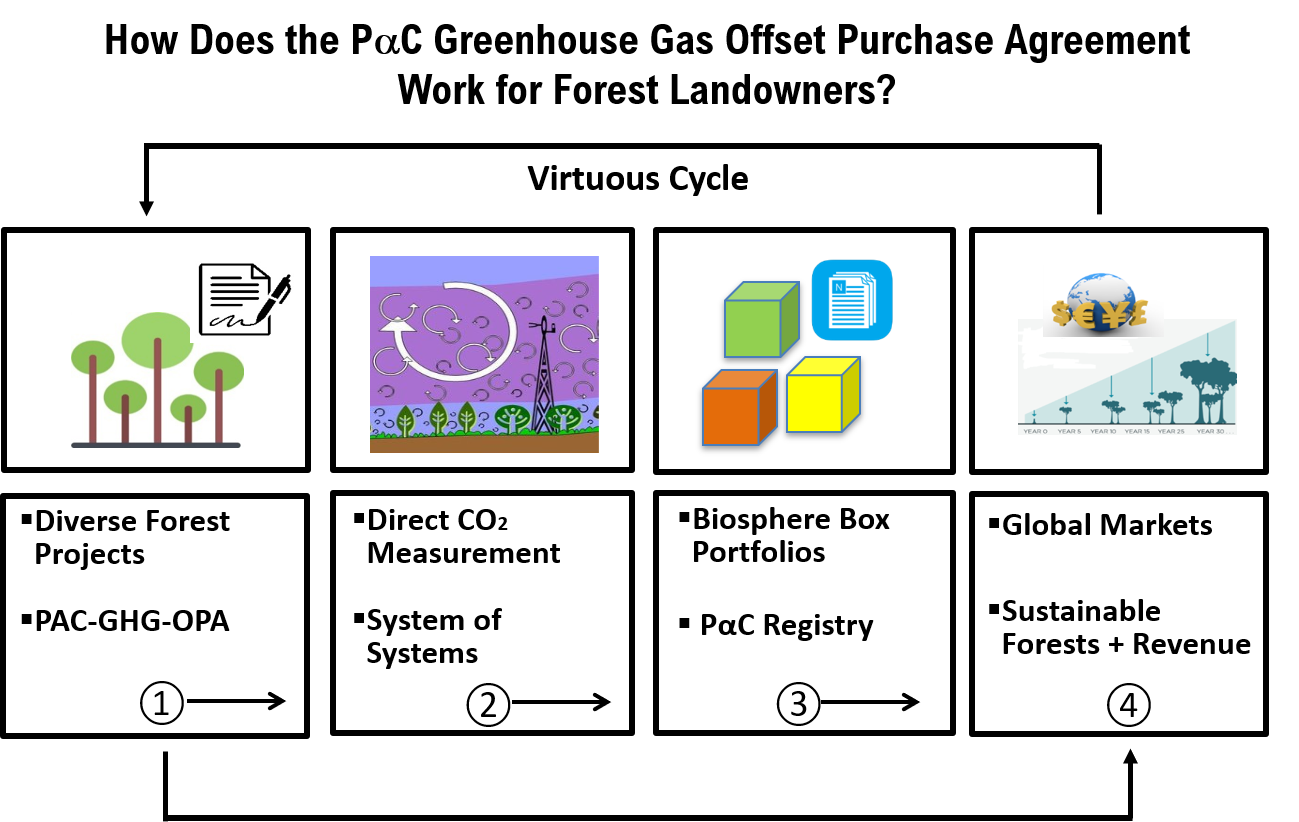

STEP 1
Diverse Forest Projects, Landowner Agreements
PαC enters into agreements, based on a Memorandum of Understanding (MoU) and Project Listing Application (PLA), with diverse forest project landowners anywhere on the planet. A Project Management Agreement (PMA) memorializes the project terms to reverse deforestation through payments made to landowners in lieu of tree harvest. In exchange, PαC measures forest carbon sequestration, creates unique forest carbon products and offers such products to buyers worldwide. The revenue received from the sale of products, directly linked to sequestration, is shared with the landowner annually per the terms of the PMA. Register your project to get started.
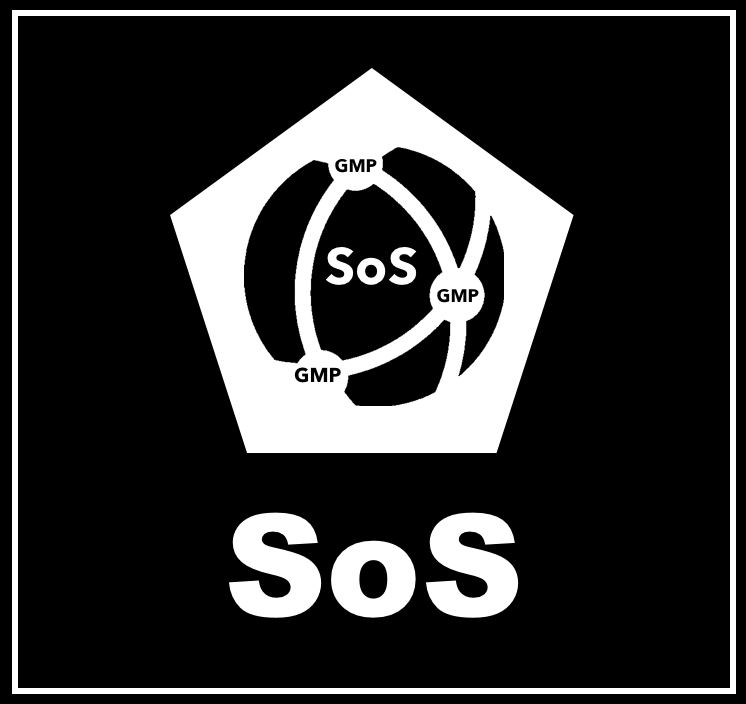
STEP 2
Global Monitoring, System of Systems
PαC deploys patented carbon measurement analyzers, observation networks, software and telecommunications to monitor CO2 levels, and other greenhouse gases, 24/7, over project areas. The Global Monitor Platform (GMP) and the System of Systems (SoS) network measure, collect, analyze and report net forest carbon sequestration over the project area. The GMP and SoS together comprise PαC’s Direct Measurement Forest Carbon Protocol (DMFCP). The DMFCP differentiates our approach from traditional forest carbon protocols that do not employ direct measurement of CO2. The DMFCP can be applied to all GHG’s. The icons below are assigned to each project designating the GHG type to be monitored and the field methods to be employed.
Greenhouse Gases
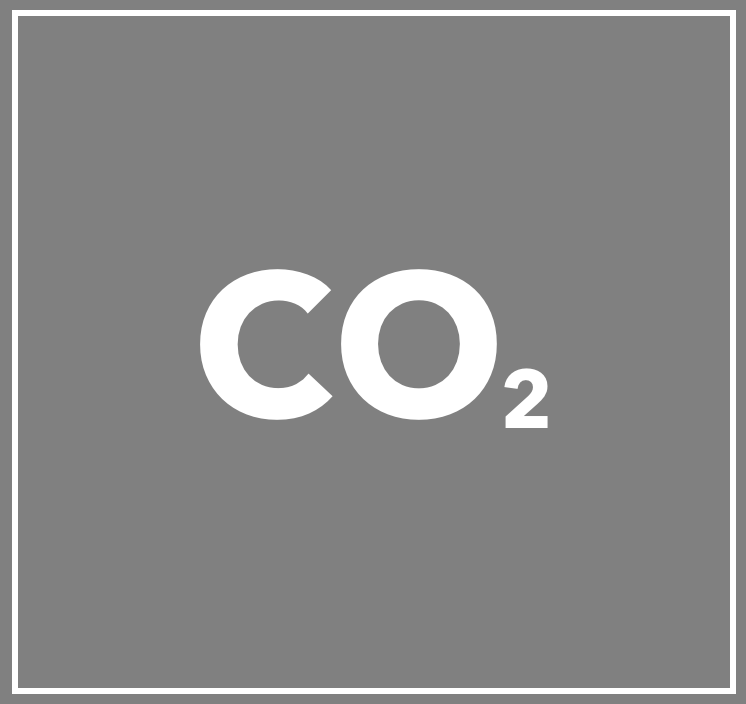
Carbon Dioxide

Hydrofluorocarbons

Methane
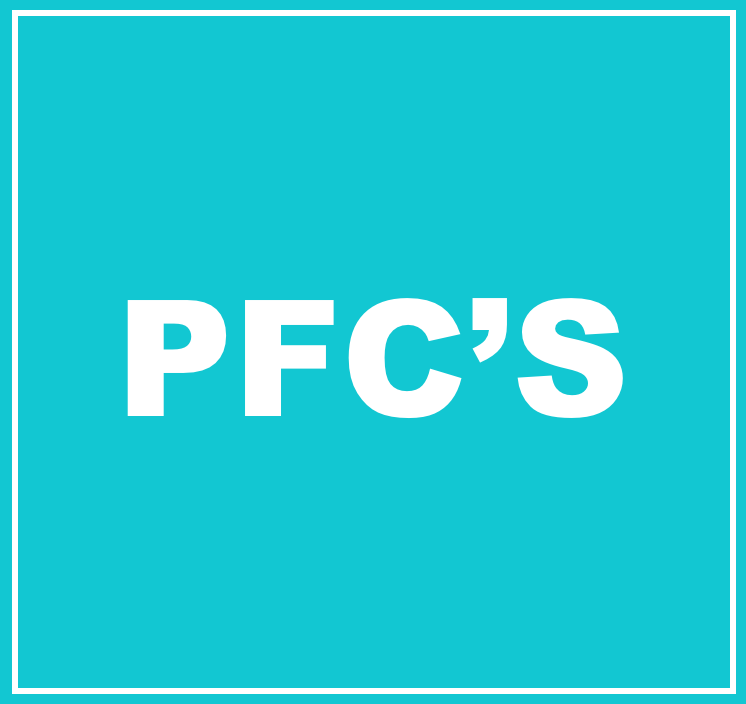
Perfluorocarbons
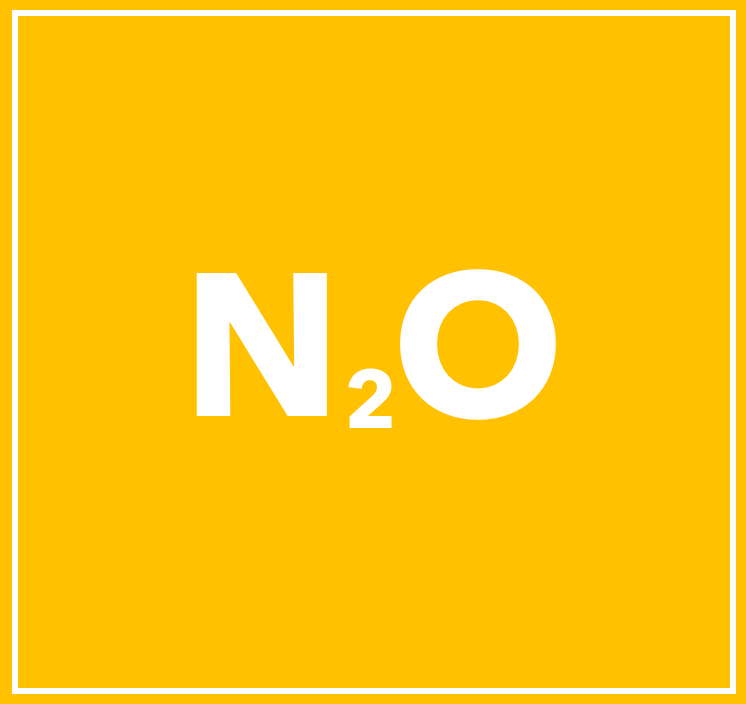
Nitrous Oxide

Sulfur hexafluoride

QuantumQarbon (13C, 14C)
Field Methods
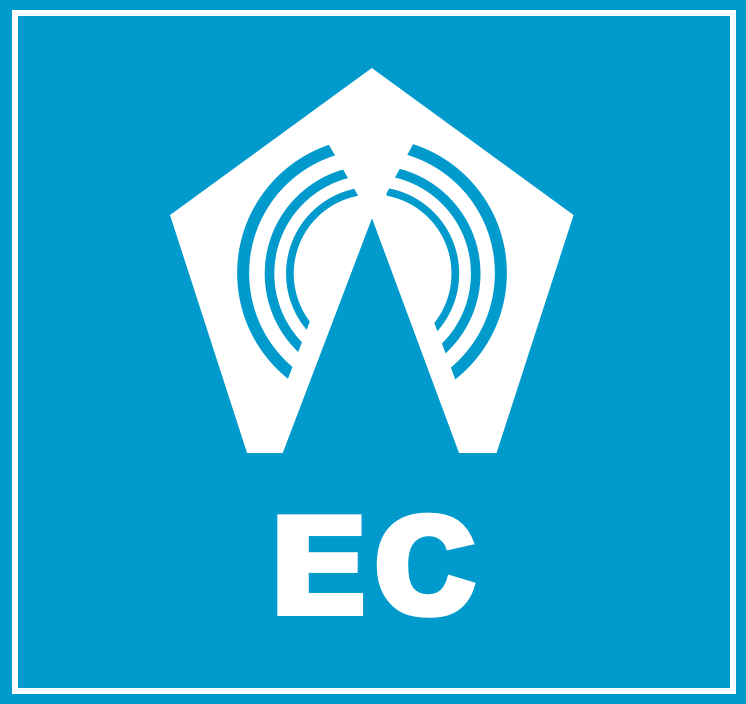
Eddy Covariance System
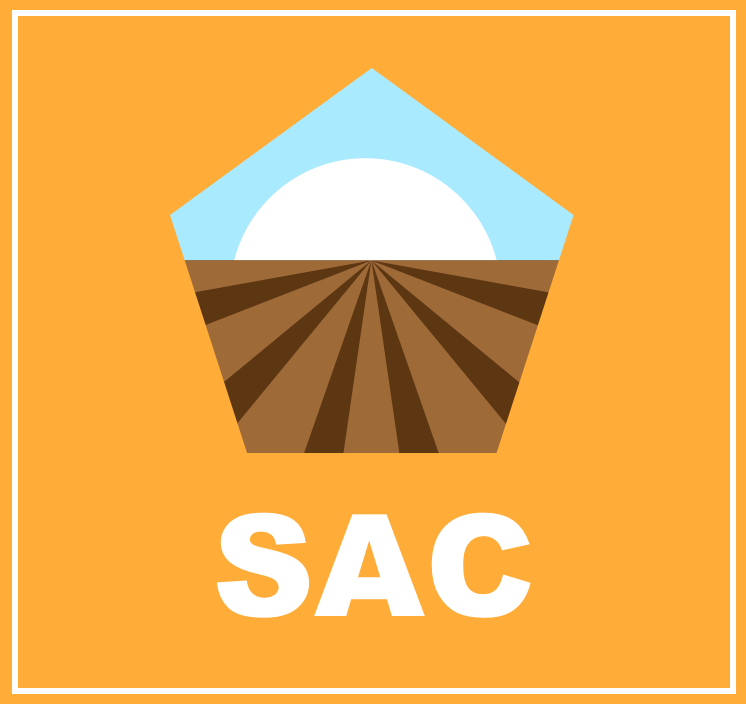
Soil Accumulation Chamber
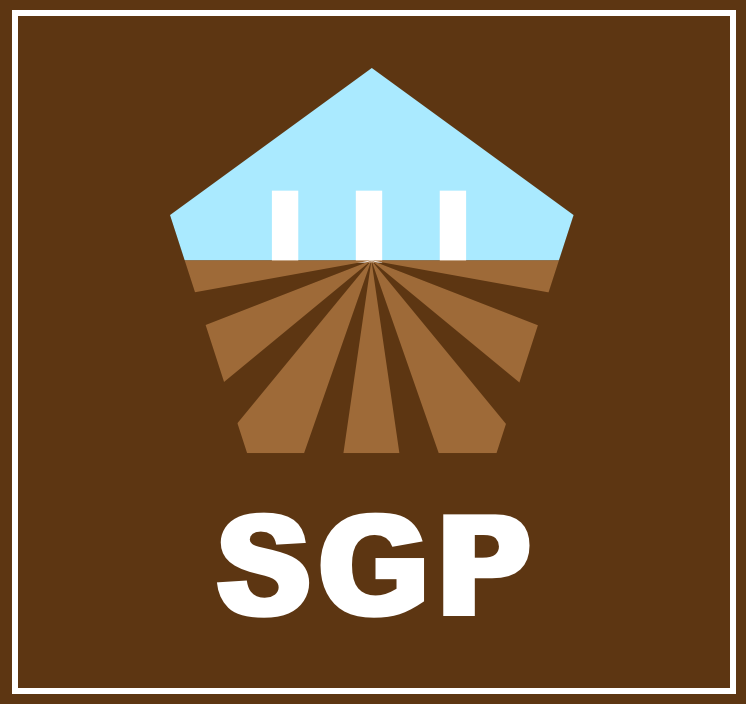
Flask Collection

System of Systems
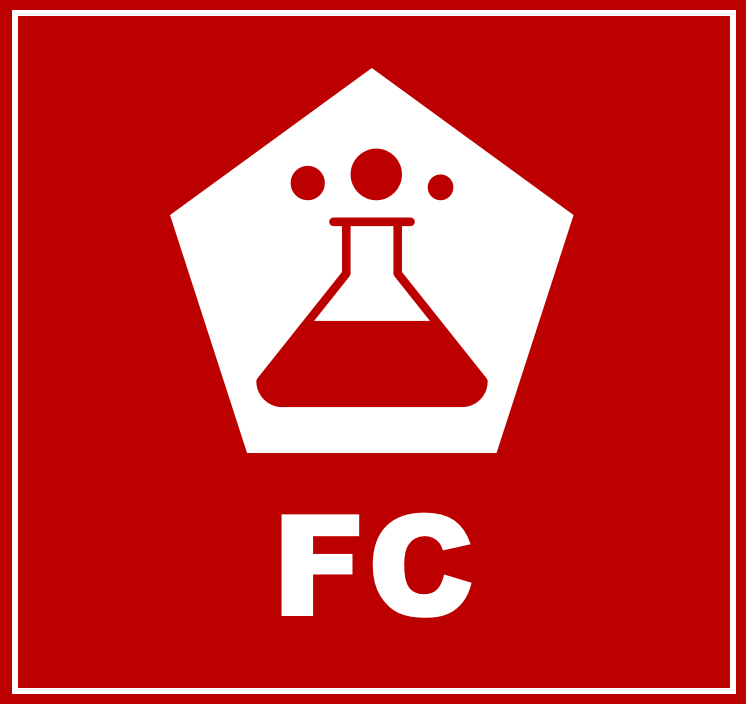
Flask Collection
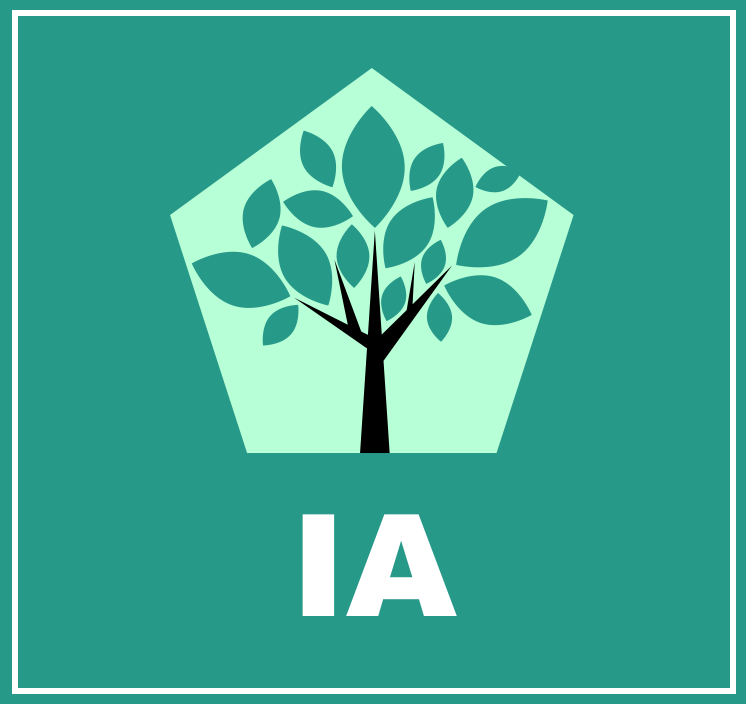
Isotopic Analysis

Exsolvation of Dissolved Gases
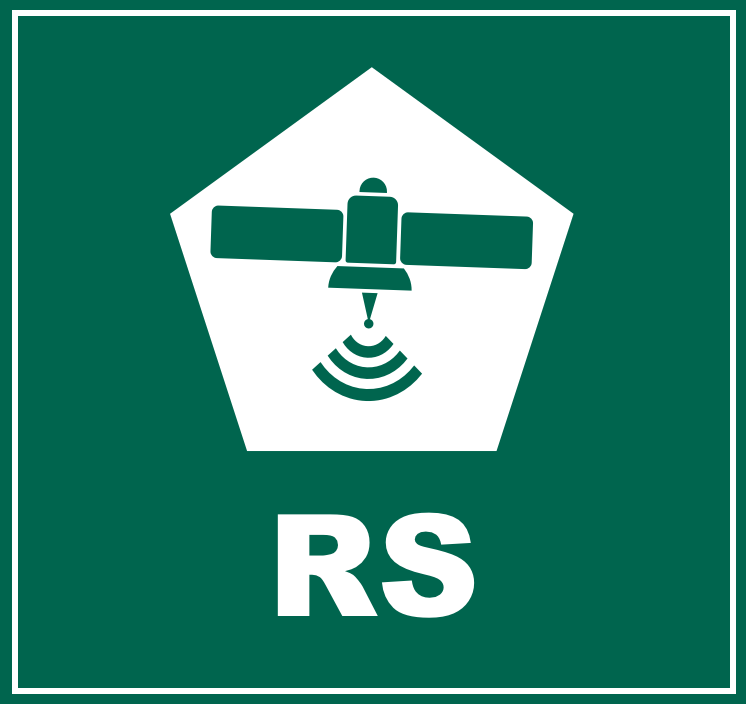
Remote Sensing
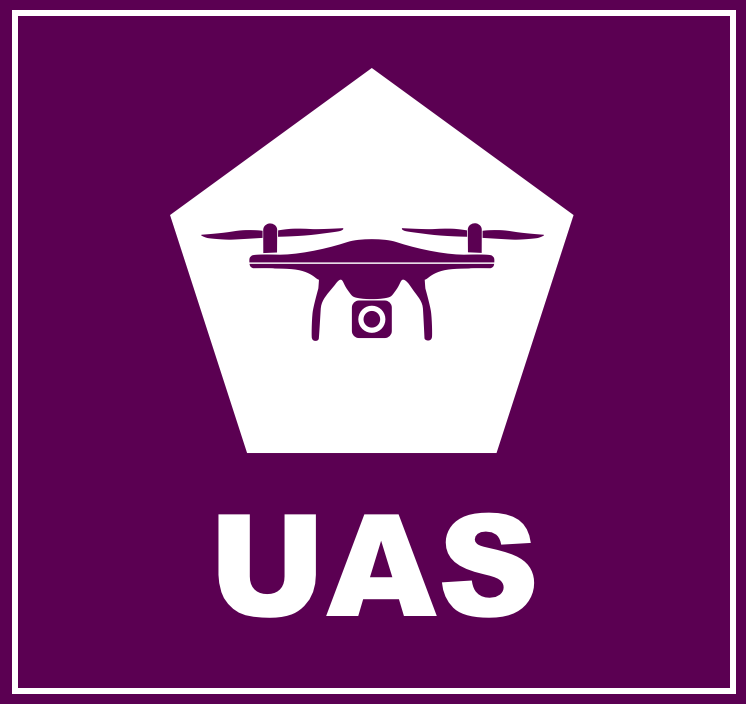
Unmanned Aircraft System
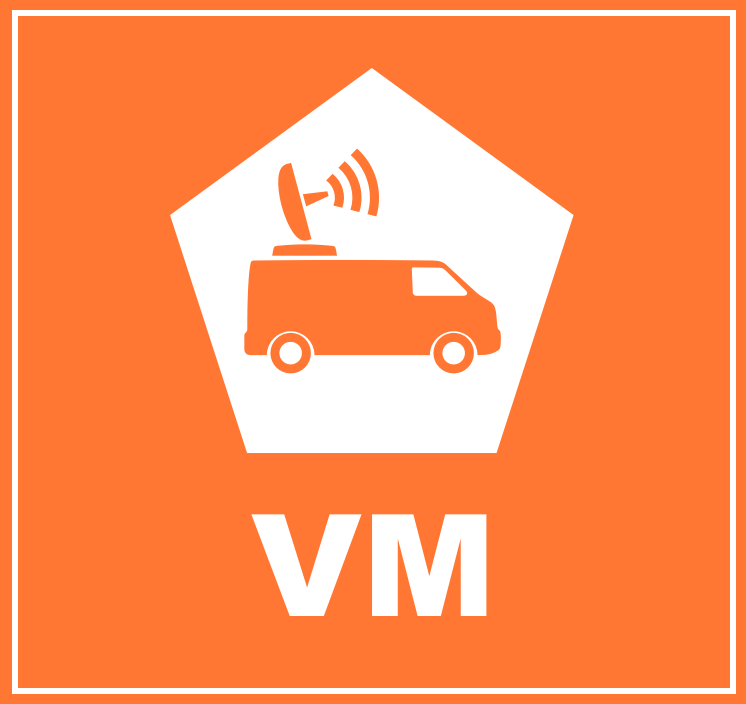
Vehicle Mounted
STEP 3
Biosphere Boxes, Pooled Portfolio
Measurements of forest carbon sequestration and GHG emission reduction can occur actively by forest growth or by avoidance mechanisms. Forest carbon is actively sequestered when reforestation, improved forest management and afforestation are underway. Forest carbon landscapes can be “locked up” thereby avoiding emissions by ensuring that the land is not disturbed, typically by conserving land for Indigenous Peoples, endangered fauna (e.g., Grauer’s gorilla) and flora or a combination of biodiversity components. The icons below are used to designate the type of sequestration occurring within the project area in conjunction with the specific GHG’s and methods identified in Step 2.
The sequestration data for annual time periods from each project are summarized and organized as a Biosphere Box. Each Biosphere Box may represent a combination of selected projects from specific countries and ecosystems. The Biosphere Boxes are are pooled into a single portfolio for investors who may benefit from diversification of project types. Consumers will be able to purchase a new spectrum of forest carbon products through available sales channels.
The Biosphere Box project ledgers are concurrently entered in PαC’s Registry, a no cost secure system that records creation, sale and retirement of project carbon. The Biosphere Box and PαC Registry facilitate transactions for investors and consumers including the capability for live trading systems across all projects.
Active Forest Carbon Sequestration and GHG Emission Reduction
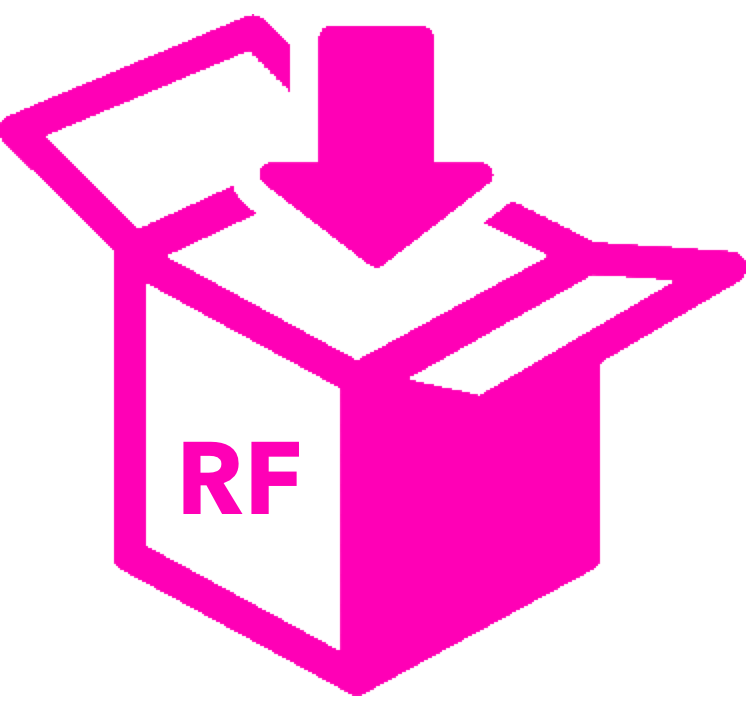
Reforestation
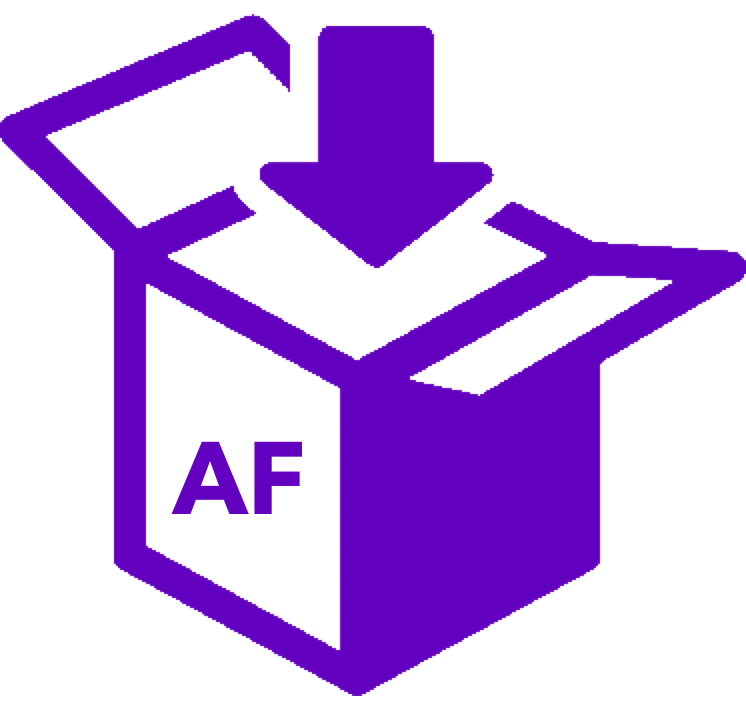
Afforestation Sequestration
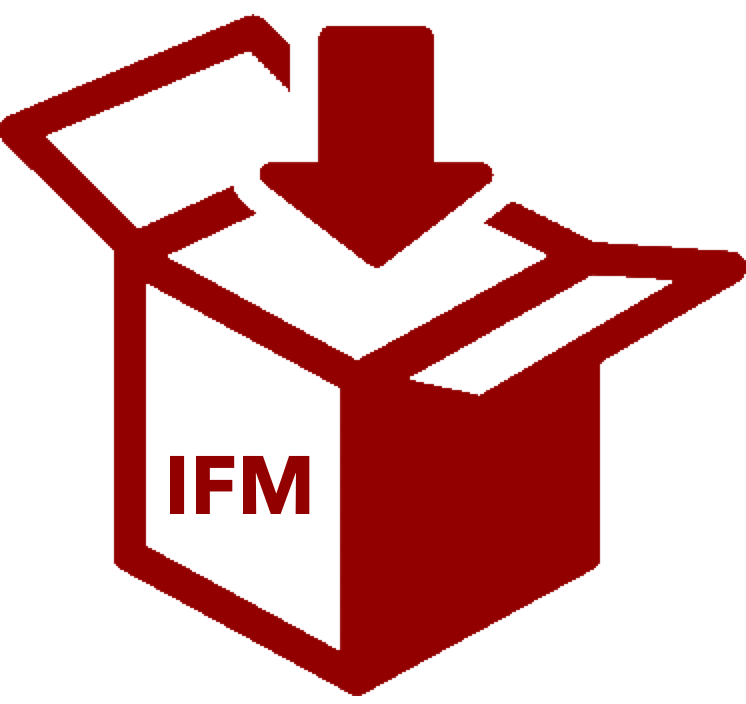
Improved Forest Management

Agroforestry

Working Forest
Avoidance of Forest Carbon and GHG Emissions

Indigenous Peoples Land Conservation

Gorilla Habitat Conservation

Biodiversity Conservation and Enhancement
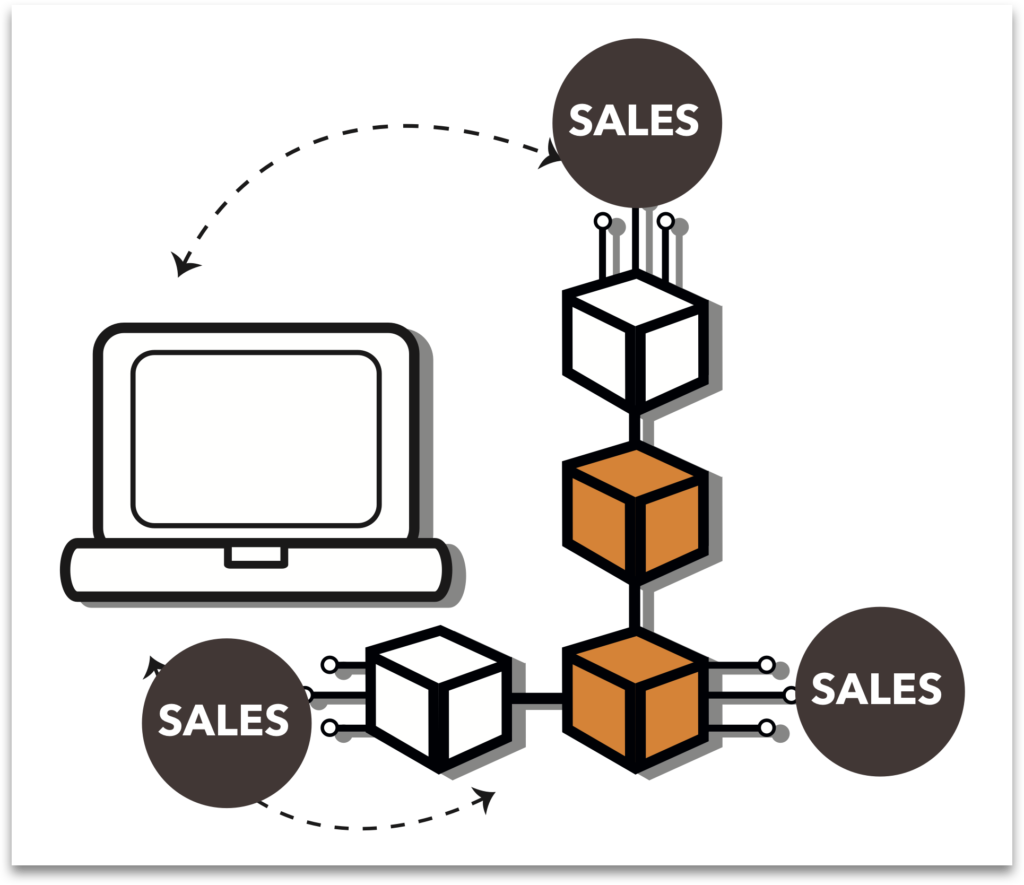
STEP 4
Global Markets, Sustainable Forests
 PαC unique forest carbon products are made available for sale to consumers (voluntary and compliance) through online and retail stores reaching global markets. Our products will range in price from $5 to $10,000 per product representing simple reforestation to avoidance of emissions by ensuring that Indigenous People and endangered flora and fauna continue to occupy forest areas. A virtuous cycle is repeated, annually, spanning decades of sustainable forest growth, landowner support and economic benefits for all stakeholders. Closure of the four step cycle each year is intended to also provide a return on investment (ROI) and ensure longevity of the project.
PαC unique forest carbon products are made available for sale to consumers (voluntary and compliance) through online and retail stores reaching global markets. Our products will range in price from $5 to $10,000 per product representing simple reforestation to avoidance of emissions by ensuring that Indigenous People and endangered flora and fauna continue to occupy forest areas. A virtuous cycle is repeated, annually, spanning decades of sustainable forest growth, landowner support and economic benefits for all stakeholders. Closure of the four step cycle each year is intended to also provide a return on investment (ROI) and ensure longevity of the project.




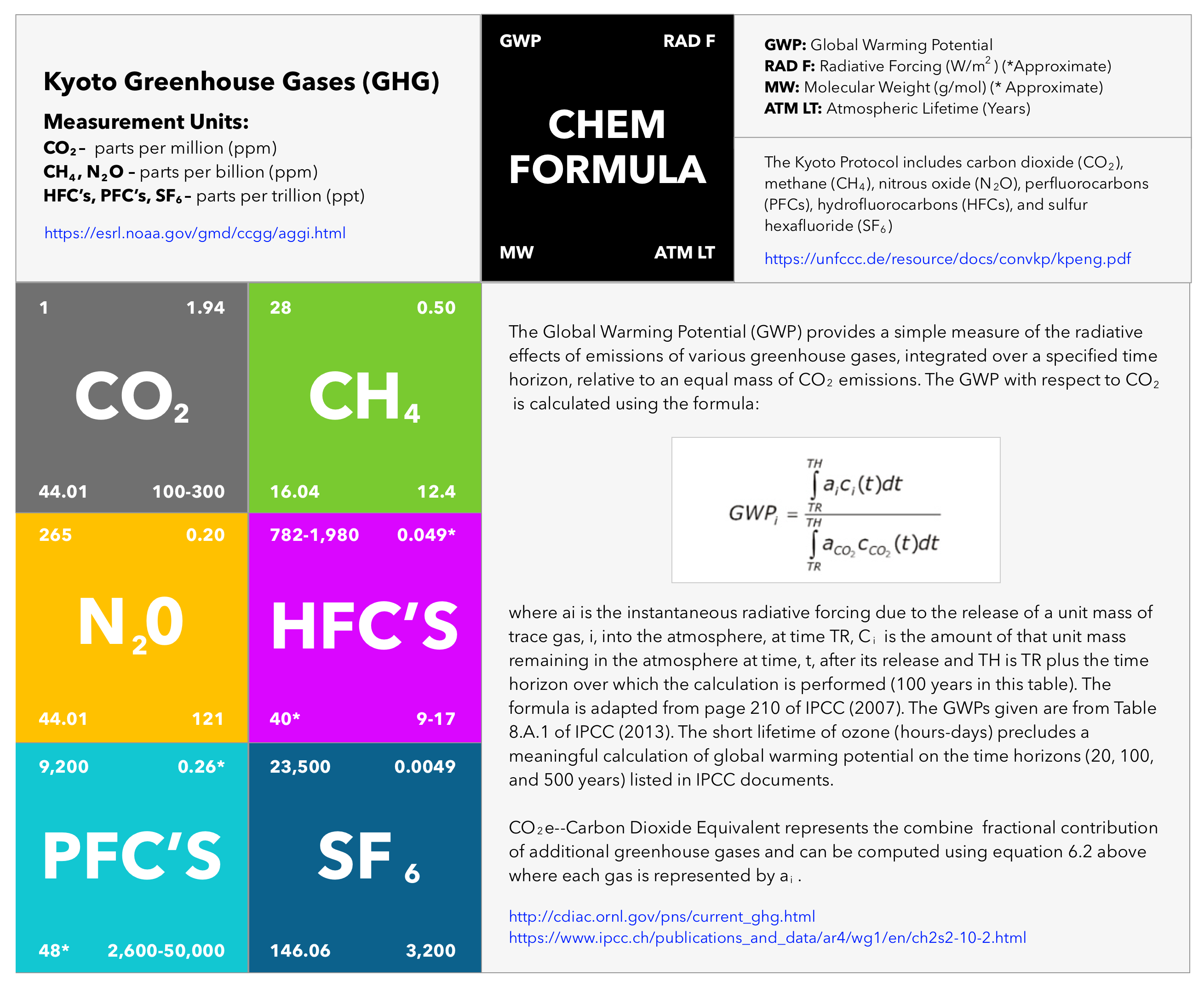
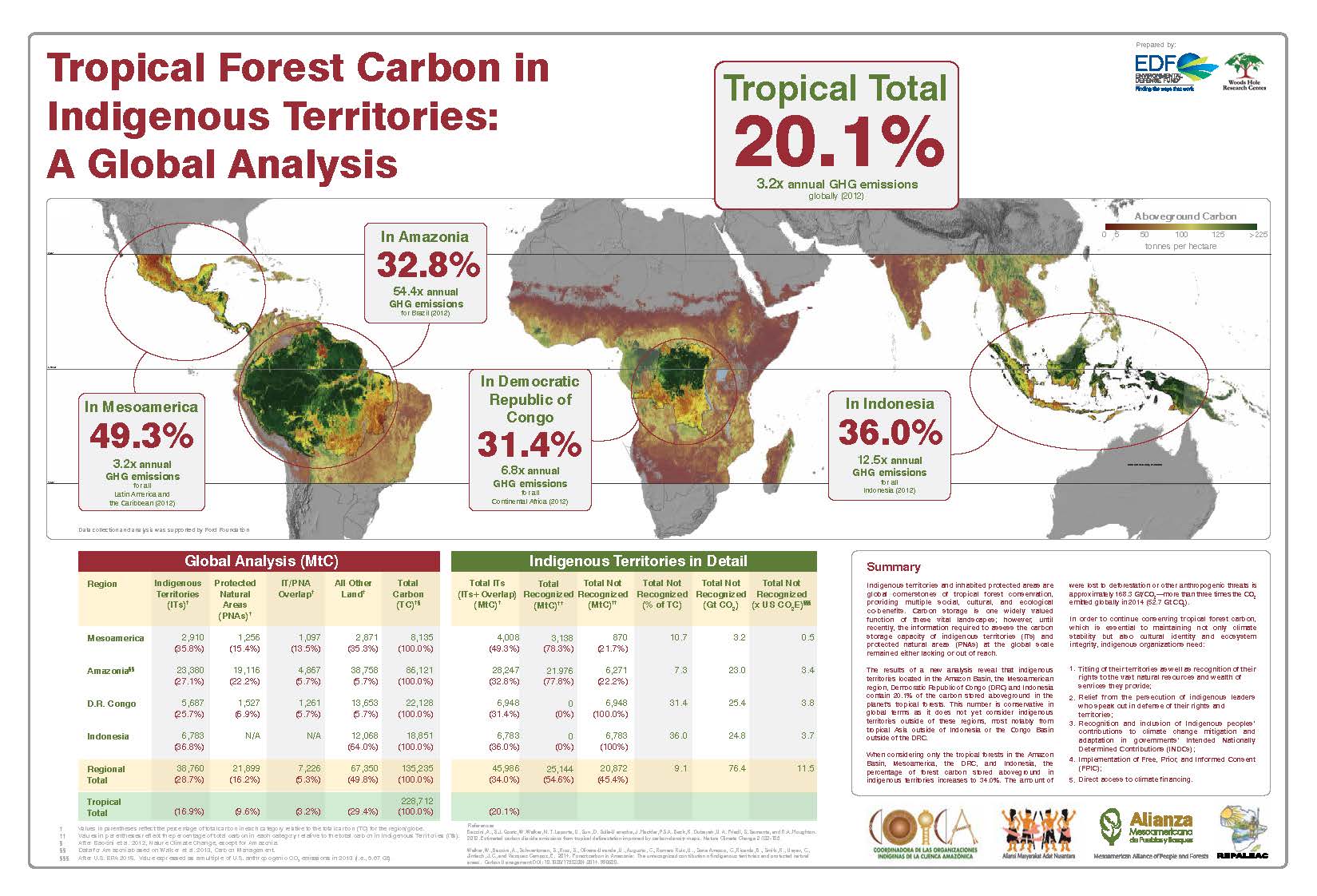

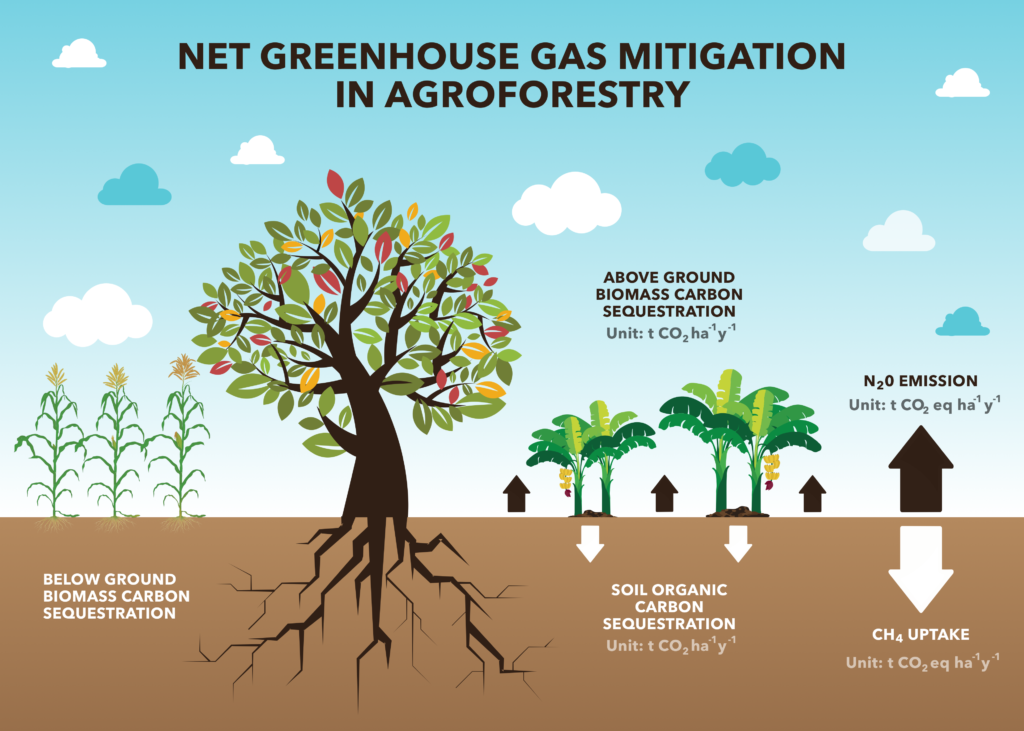

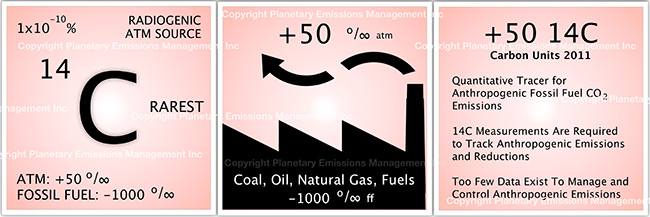
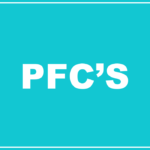
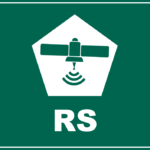 A variety of UAS’s may be used in a project to record the status of forest conditions at low altitude (e.g., ~1,000 ft) on a routine basis, when a disturbance has occurred (e.g., hurricane, drought, timber operations) or for surveillance of forest activity by landowners or others accessing the site. Typical capabilities may include spectral imaging of the tree canopy and mapping functions to reveal differences along the flight path over time. In addition, UAS’s may also carry miniaturized gas sensors for CO2, CH4 and other atmospheric gases. The use of remote sensing (RS) for ecological research is well documented covering spectral bands for normalized difference vegetation index (NDVI), leaf evapotranspiration and other features of the biotic and abiotic project area.
A variety of UAS’s may be used in a project to record the status of forest conditions at low altitude (e.g., ~1,000 ft) on a routine basis, when a disturbance has occurred (e.g., hurricane, drought, timber operations) or for surveillance of forest activity by landowners or others accessing the site. Typical capabilities may include spectral imaging of the tree canopy and mapping functions to reveal differences along the flight path over time. In addition, UAS’s may also carry miniaturized gas sensors for CO2, CH4 and other atmospheric gases. The use of remote sensing (RS) for ecological research is well documented covering spectral bands for normalized difference vegetation index (NDVI), leaf evapotranspiration and other features of the biotic and abiotic project area. Tree Plantation
Tree Plantation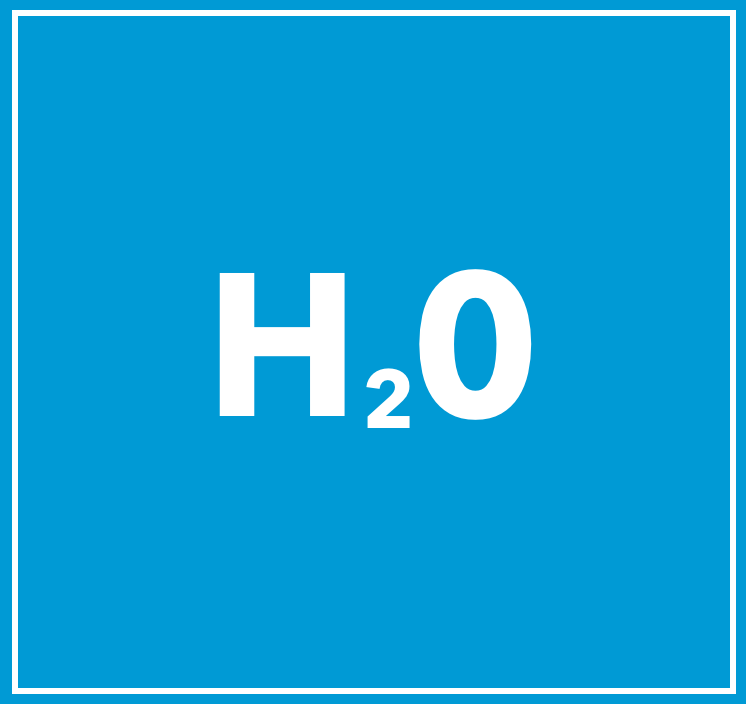 Water Vapor (H2O)
Water Vapor (H2O)